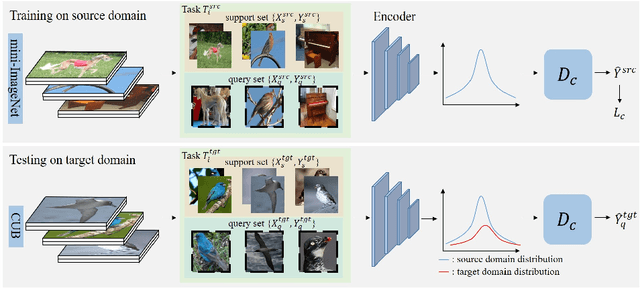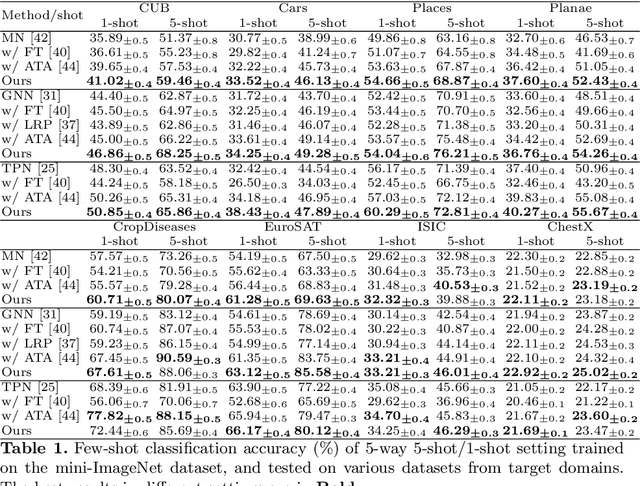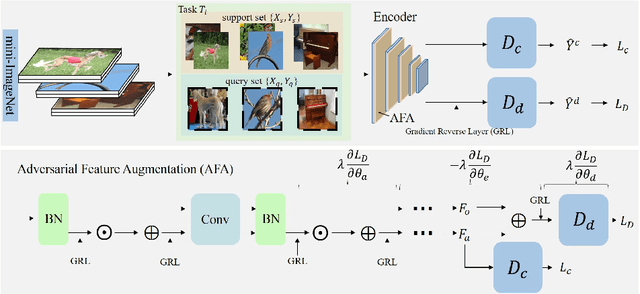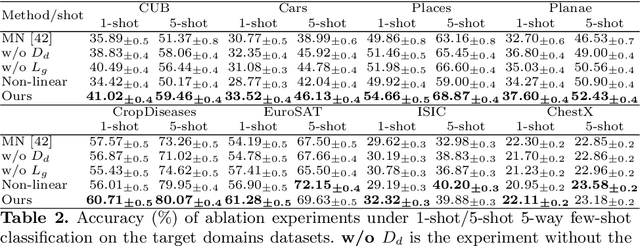Yanxu Hu
Seed1.5-VL Technical Report
May 11, 2025Abstract:We present Seed1.5-VL, a vision-language foundation model designed to advance general-purpose multimodal understanding and reasoning. Seed1.5-VL is composed with a 532M-parameter vision encoder and a Mixture-of-Experts (MoE) LLM of 20B active parameters. Despite its relatively compact architecture, it delivers strong performance across a wide spectrum of public VLM benchmarks and internal evaluation suites, achieving the state-of-the-art performance on 38 out of 60 public benchmarks. Moreover, in agent-centric tasks such as GUI control and gameplay, Seed1.5-VL outperforms leading multimodal systems, including OpenAI CUA and Claude 3.7. Beyond visual and video understanding, it also demonstrates strong reasoning abilities, making it particularly effective for multimodal reasoning challenges such as visual puzzles. We believe these capabilities will empower broader applications across diverse tasks. In this report, we mainly provide a comprehensive review of our experiences in building Seed1.5-VL across model design, data construction, and training at various stages, hoping that this report can inspire further research. Seed1.5-VL is now accessible at https://www.volcengine.com/ (Volcano Engine Model ID: doubao-1-5-thinking-vision-pro-250428)
Adversarial Feature Augmentation for Cross-domain Few-shot Classification
Aug 23, 2022



Abstract:Existing methods based on meta-learning predict novel-class labels for (target domain) testing tasks via meta knowledge learned from (source domain) training tasks of base classes. However, most existing works may fail to generalize to novel classes due to the probably large domain discrepancy across domains. To address this issue, we propose a novel adversarial feature augmentation (AFA) method to bridge the domain gap in few-shot learning. The feature augmentation is designed to simulate distribution variations by maximizing the domain discrepancy. During adversarial training, the domain discriminator is learned by distinguishing the augmented features (unseen domain) from the original ones (seen domain), while the domain discrepancy is minimized to obtain the optimal feature encoder. The proposed method is a plug-and-play module that can be easily integrated into existing few-shot learning methods based on meta-learning. Extensive experiments on nine datasets demonstrate the superiority of our method for cross-domain few-shot classification compared with the state of the art. Code is available at https://github.com/youthhoo/AFA_For_Few_shot_learning
 Add to Chrome
Add to Chrome Add to Firefox
Add to Firefox Add to Edge
Add to Edge